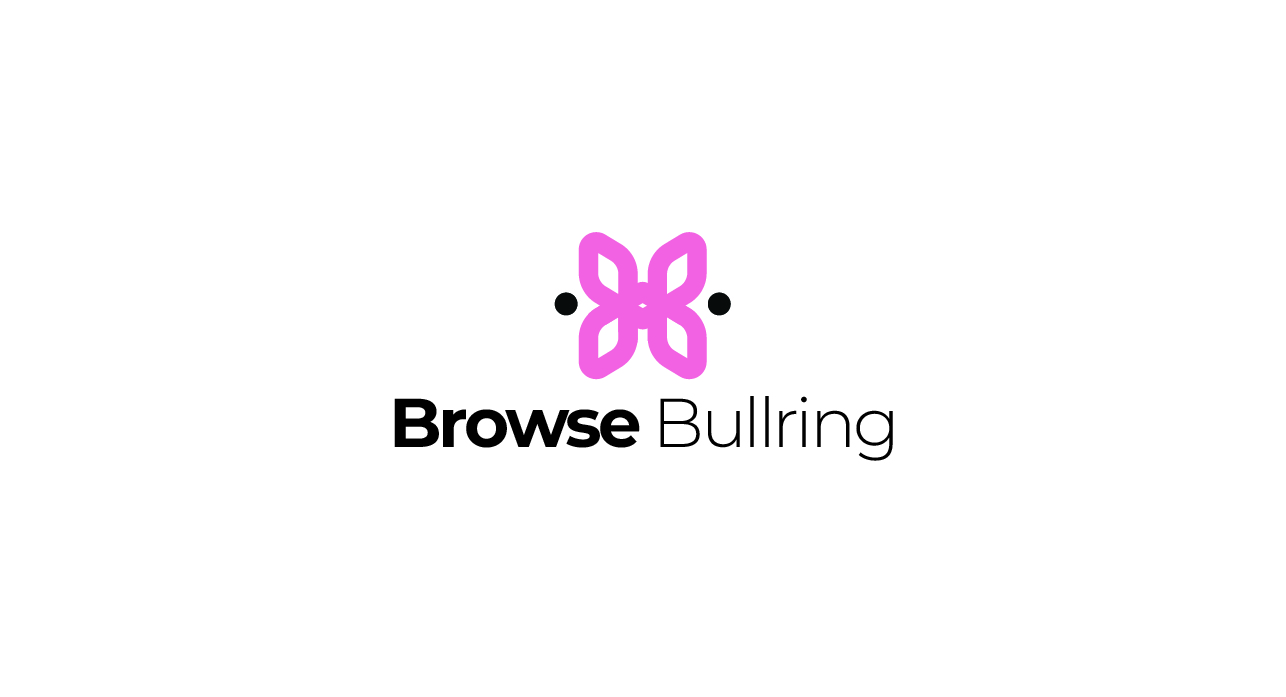Blue Jeans Can Go Green! To Which All We Can Say Is, “Finally”
Denim pairs are responsible for 16 million tons of textile waste per year. Blue Jeans Go Green is an initiative by a division of the US cotton denim industry to reduce waste. BJGG believes that Cotton can be recycled and broken down into its natural state, unlike other clothing materials.
The Blue Jeans Go Green program is an industry-wide initiative that was launched in 2006 by Cotton Incorporated, a non-profit organization whose mission is to support the global textile industry.
Google revealed that six billion pairs are produced annually around the globe. This is a lot of jeans. Some of them will inevitably end up in the 16 million tonnes of textile waste produced each year.
Blue Jeans Go Green is an initiative by a US-based division of the cotton denim industry that aims to reduce waste. BJGG recycles the natural cotton fibers from used cotton denim into insulation that is used in building projects across the country. Even after leaving our closets, old jeans are still able to keep us warm.
BJGG believes that Cotton, unlike other clothing materials, is a fiber that can be broken down into its natural state and then transformed into something else. UltraTouch Denim Insulation is the current “something-new” (in quotation marks to say: “We look forward to continuing innovation!”). Bonded Logic, Inc., a US manufacturer of thermal and acoustic products for various industries, makes it.
The UltraTouch product is a:
Insulation that is environmentally safe and non-itch
No formaldehyde or chemical irritants.
Unmatched thermal performance
*30% better sound absorption than fiberglass insulation
*Active mold/mildew inhibitor
The sound is amazing for jeans!
Where does this insulation get used?
Some of the money has been donated to Habitat for Humanity affiliates across the country, while other parts are used for civic buildings. Habitats for Humanity, organizations that have a licensed architect or contractor, and builders are eligible to apply for Blue Jeans Go Green’s UltraTouch Denim insulation Affiliate and Grant programs.
How is denim collected?
BJGG made recycling an easy “chore” by partnering up with Zappos For Good. This program allows anyone to box up their old jeans, sign into a Zappos account or an Amazon account, print the shipping label, and drop it off at a UPS store. (Continental US only)
The initiative also works with 81 colleges to encourage students to recycle denim. In grassroots efforts, they also encourage textile recycling enthusiasts or anyone curious! to host denim drives. What’s that? According to the website, “educators and students, professionals and volunteers, as well as anyone who is interested in making a change, are invited to collect denim from their communities, and send it collectively to BJGG.” Every effort and every piece of denim collected makes a difference.
Denim must be at least 90% cotton. It is often the case that jeans can be recycled, but since polyester is so prevalent, it’s important to check the content before recycling. I didn’t ask, but one pair of polyester jeans may ruin a whole batch of recycled Cotton. The jeans sent in must also be free of any tags, stickers, or plastic.
BJGG has also partnered with a number of brands, including Industry Standard Levi’s InJeanius Madewell and ONS, to reduce waste. Wrangler worked with BJGG to recycle denim waste from its distribution centers and manufacturing processes.
Who’s behind it?
Blue Jeans Go Green is a non-profit organization that was founded in 1970 by Cotton Incorporated to support the global textile industry. Cotton Incorporated, a not-for-profit organization founded in 1970 to support the global cotton industry, is funded by US growers and exporters. We use these funds for cotton research development and promotion. Its mission is to increase the demand and profitability of Cotton, and BJGG’s mission is to consider the movement for an eco-friendly world by educating and empowering people and organizations.
It seems that the goal is to maintain the industry for the sake of its workers while also offering a way to use the excess product for good.
The ultimate goal of
Ideally, all denim would be recycled. Also, all insulation for housing could be made of recycled denim. We may think that sending in our jeans will be a small thing, but together, it can make a big difference towards a circular future.




0 Comments